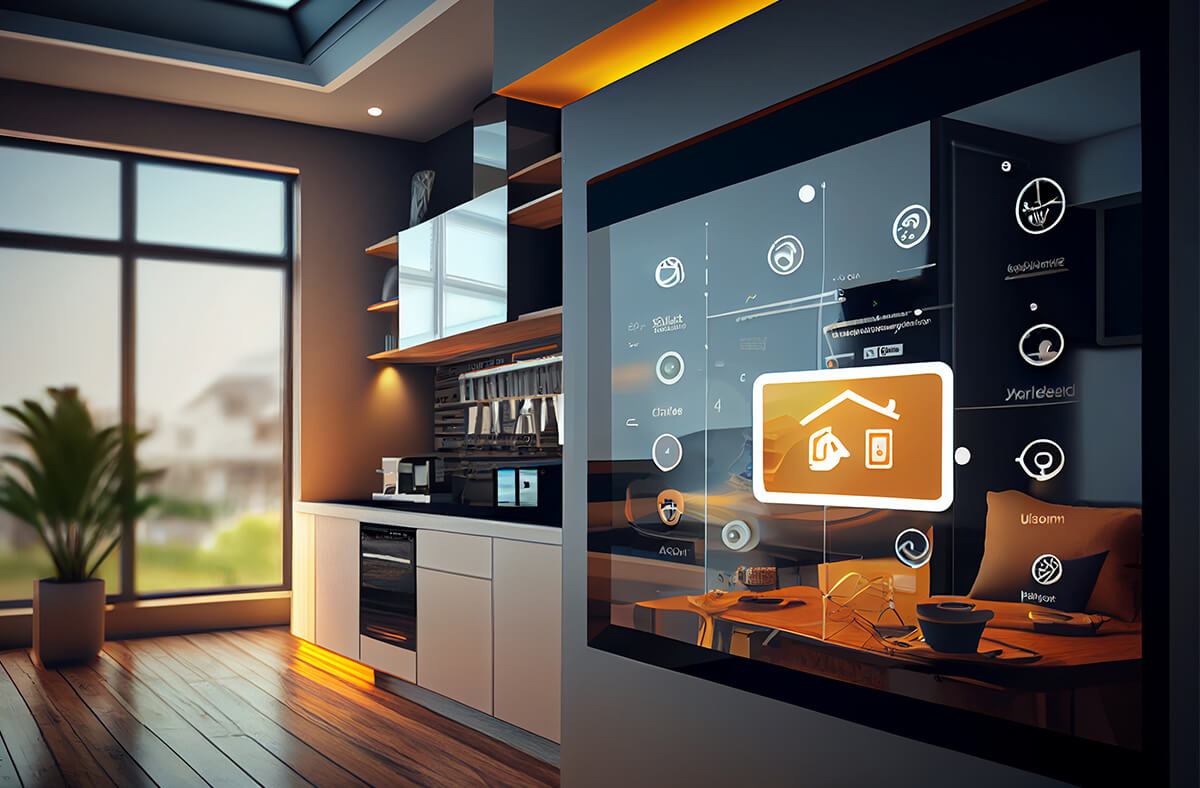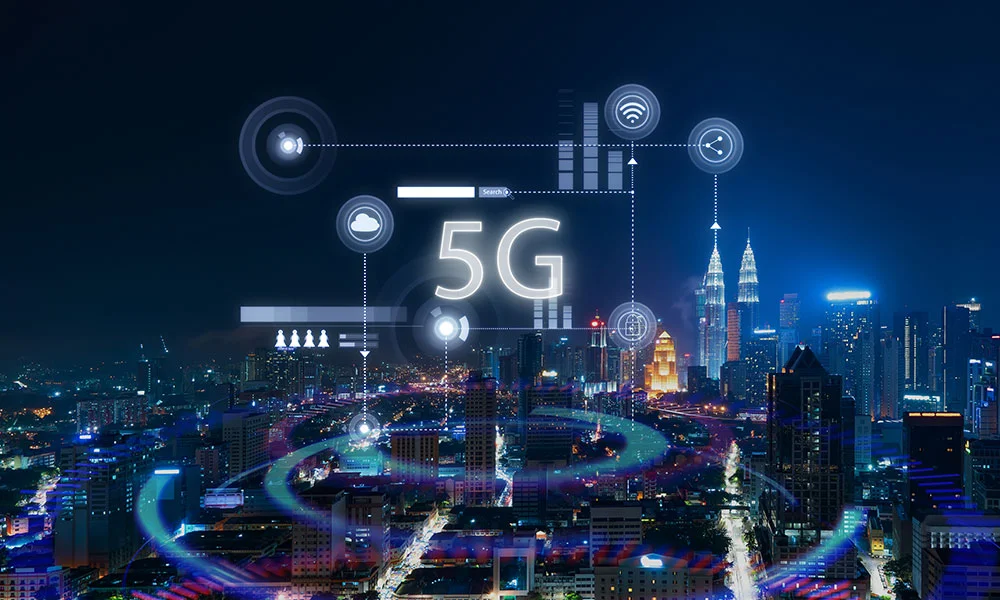Introduction to Smart Cities and 5G Technology
Imagine a world where technology seamlessly integrates with urban living, transforming our cities into smart ecosystems that enhance the quality of life for everyone. This vision is becoming a reality thanks to 5G technology—a game-changer that promises to revolutionize how we interact with our surroundings.
From efficient transportation systems to enhanced public safety measures, the potential of Smart Cities powered by 5G is limitless. As urban populations continue to grow, harnessing this advanced connectivity could pave the way for sustainable and innovative solutions that not only address current challenges but also foster vibrant communities. Let’s explore how 5G is set to reshape our urban landscapes and create smarter cities for generations to come.
Benefits of 5G for Smart Cities
5G technology brings a wave of benefits to Smart Cities, enhancing urban living in unprecedented ways. With faster data speeds and lower latency, cities can manage resources more effectively.
Real-time communication is key for traffic management systems. 5G enables instant updates on congestion, allowing for smoother traffic flow and reduced travel times.
Public services also see significant improvements. Emergency services can respond quicker with access to real-time information about incidents. This leads to better outcomes during critical situations.
Additionally, smart infrastructure becomes more efficient. From waste management to energy distribution, 5G facilitates seamless connectivity among devices and systems.
Residents benefit too through improved mobile experiences—streaming content or accessing city services from anywhere without disruption becomes the norm. The enhanced connectivity transforms everyday life into something smarter and more integrated than ever before.
How 5G is revolutionizing transportation in Smart Cities
5G technology is a game changer for transportation in Smart Cities. With lightning-fast connectivity, vehicles can communicate with each other and the surrounding infrastructure.
Imagine traffic lights that adjust in real-time to optimize flow. This reduces congestion and enhances safety on busy roads. Autonomous vehicles rely heavily on 5G for instant data exchange, making navigation smoother and more efficient.
Public transport systems also benefit immensely from this technology. Real-time updates allow passengers to plan their journeys better, reducing wait times at bus stops or train stations.
Moreover, smart parking solutions are emerging thanks to 5G. Drivers can locate available spaces quickly through mobile apps, minimizing time spent searching for parking.
This interconnectedness fosters not just efficiency but an overall improved urban experience as residents navigate their cities seamlessly. The potential of 5G in transforming urban transportation is truly remarkable.
Enhancing public safety through 5G in Smart Cities
5G technology is a game changer for public safety in Smart Cities. With its ultra-fast data transmission and low latency, first responders can access real-time information like never before.
Imagine police officers receiving instant updates on emergency situations as they approach the scene. Video feeds from drones or body cameras can stream directly to command centers, allowing for informed decision-making.
Moreover, 5G enables smart surveillance systems that utilize AI to detect unusual activities. These systems improve crime prevention and response times significantly.
Emergency services also benefit through improved communication networks. Firefighters and paramedics can share critical data instantly, enhancing coordination during crises.
Additionally, connected vehicles equipped with 5G facilitate safer streets by communicating with infrastructure. This leads to fewer accidents and quicker responses when incidents occur.
The integration of these technologies creates a safer urban environment where citizens feel secure while going about their daily lives.
Improving energy efficiency with the help of 5G in Smart Cities
5G technology is a game-changer for energy efficiency in Smart Cities. With its ultra-fast connectivity, data can be transmitted and analyzed in real-time. This allows cities to monitor energy usage more effectively.
Smart grids powered by 5G enable dynamic adjustments based on demand fluctuations. Energy providers can optimize resource allocation instantly, minimizing waste and reducing costs.
Additionally, smart buildings equipped with sensors communicate directly over 5G networks. They automatically adjust lighting, heating, and cooling according to occupancy levels or environmental conditions.
Streetlights also benefit from this advanced technology. Adaptive lighting systems respond to pedestrian movement or traffic flow, enhancing safety while cutting down unnecessary power consumption.
By integrating renewable energy sources like solar or wind into the grid via 5G connectivity, cities can further enhance sustainability efforts. The result? A more eco-friendly urban environment that supports modern living standards without compromising our planet’s resources.
Challenges and concerns surrounding the implementation of 5G in Smart Cities
The rollout of 5G technology in Smart Cities isn’t without hurdles. One major concern is the infrastructure investment required. Upgrading existing networks and installing new equipment demands significant financial resources.
Privacy issues also loom large as more devices connect to the internet. The increase in data collection raises questions about how personal information will be handled and protected.
Health concerns surrounding 5G radiation persist as well, despite scientific consensus indicating it’s safe within regulated limits. Misinformation can lead to public anxiety, complicating the acceptance of this transformative technology.
Regulatory challenges must be addressed. Different jurisdictions have varying rules regarding spectrum allocation and network deployment, which can slow down progress significantly across urban landscapes. Finding a balanced approach that satisfies all stakeholders remains crucial for successful integration.
The future of Smart Cities powered by 5G technology
As we look ahead, the potential of Smart Cities powered by 5G technology is nothing short of transformative. The urban landscape is poised to undergo significant changes that will enhance the quality of life for residents. With ultra-fast connectivity and low latency, cities can integrate advanced technologies seamlessly.
Imagine a world where traffic flows smoothly due to real-time data collected from connected vehicles and infrastructure. Public transportation systems will operate more efficiently, reducing wait times and minimizing congestion. Real-time communication between emergency services and citizens will lead to quicker response times in critical situations.

Moreover, energy consumption can be optimized through smart grids enabled by 5G networks. This not only promotes sustainability but also significantly reduces operational costs for city administrations. As cities become more energy-efficient, they contribute positively to combating climate change.
However, with these advancements come challenges that need addressing—privacy concerns, security issues, and ensuring equitable access for all citizens must remain at the forefront as implementation progresses.
The vision of Smart Cities powered by 5G isn’t just about faster internet; it’s about reimagining urban living entirely. By prioritizing innovation while being mindful of community needs, we stand on the brink of creating smarter environments that foster growth and improve daily lives across the globe. Embracing this shift could redefine our understanding of what modern urban living truly means.







